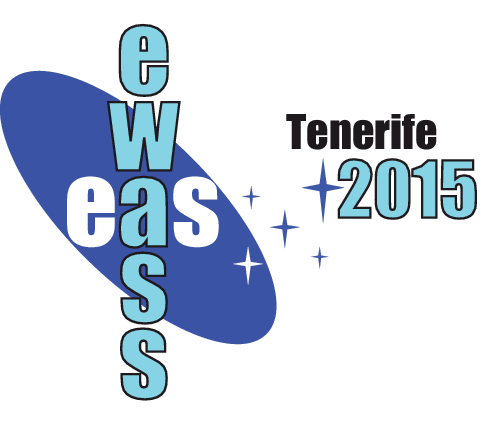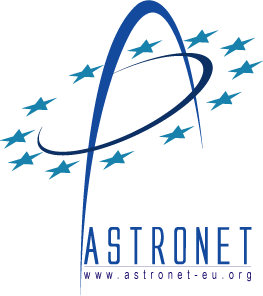
|
Special Session Sp3
22 – 23 June 2015
3D view on interacting and post-interacting galaxies from clusters to voidsOne of the main goal of the extragalactic astrophysics is to understand how galaxies formed and evolved: the advent of the new all-sky surveys, covering a wide wavelength range, and the high resolution data from the large ground-based and space telescopes have strongly confirmed that gravitational interactions and mergers affect the morphology and dynamics of galaxies from the Local Group to high-redshift universe and in all environments. In this framework, the study of peculiar and interacting galaxies, as well as decoupled components in any morphological type of galaxies, has a special role to investigate the gravitational interactions between galaxies and between galaxies and their environment. In particular, in latest ten years, a big effort has given to study the morphology and kinematics of multi-spin galaxies. In these systems, the existence of two components of the angular momentum is a consequence of a second event happened in their formation history, thus they can be considered as the ideal laboratory to study the processes at work during the gravitational interactions among galaxies. The advent of the next generation instruments, in the NIR and optical domains (KMOS and MUSE at VLT), as well as at radio wavelengths (ALMA), together with 3D spectroscopy facilities on middle-size telescopes, provide the 3D data cube on the structure, kinematics, stellar population and chemical abundances on a larger field of view and with the highest resolution. The aim of this Special Session is to bring together a number of observers and theorists working on such issues to present the up-to-date measurements and theories to propose future directions and explore implications for observational data and theoretical models. Programme
Invited speakers
Scientific organisers Contact Updated on Wed Nov 05 07:17:58 CET 2014
|
||||||||||||||||||||||||||||
|
EWASS 2015 : European Week of Astronomy and Space Science |
|||||||||||||||||||||||||||||
 A power cut will shut down all EAS services on Tuesday, 10 January 2017 starting at 7:30 CET.
A power cut will shut down all EAS services on Tuesday, 10 January 2017 starting at 7:30 CET.


















